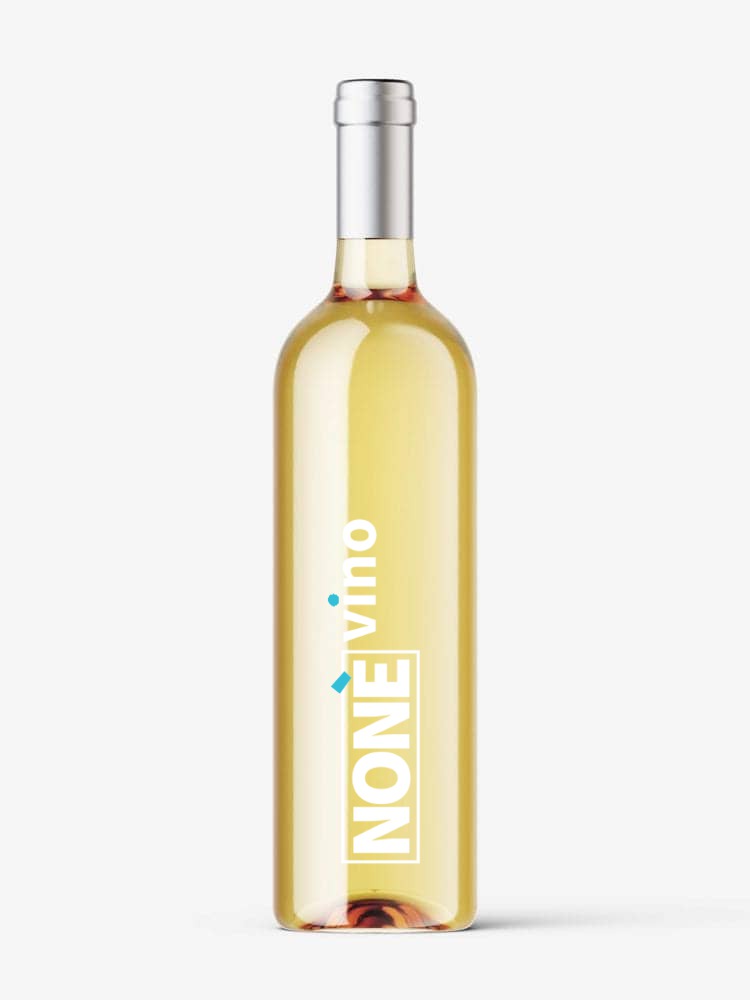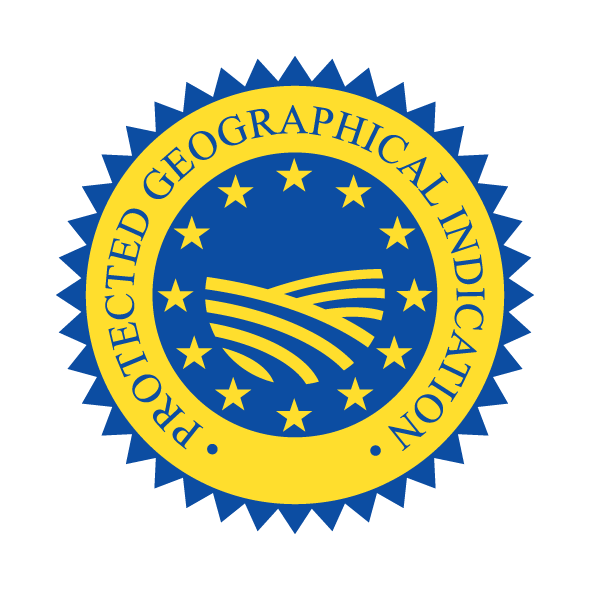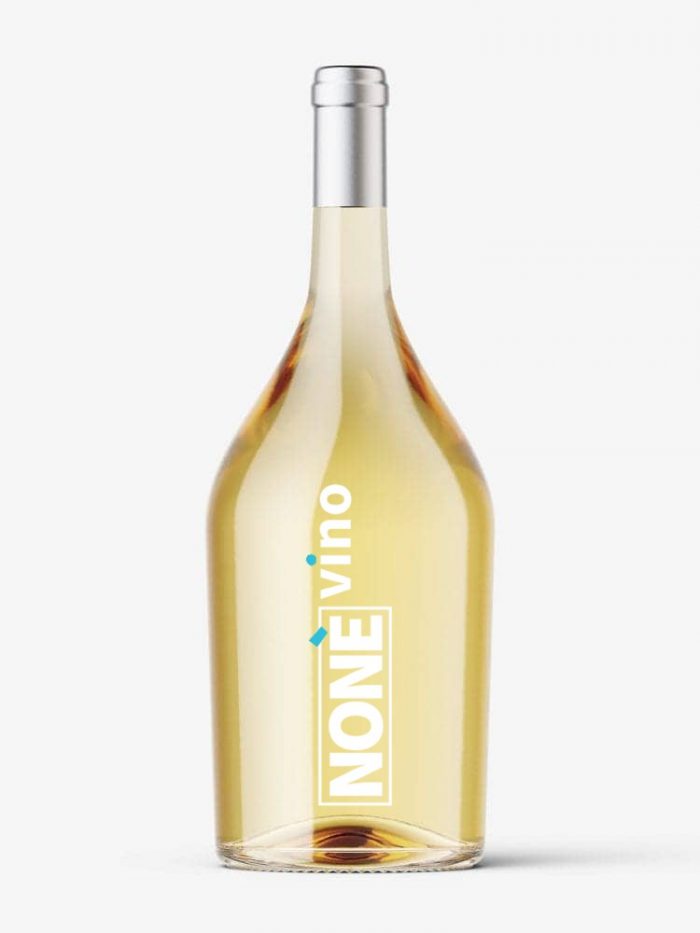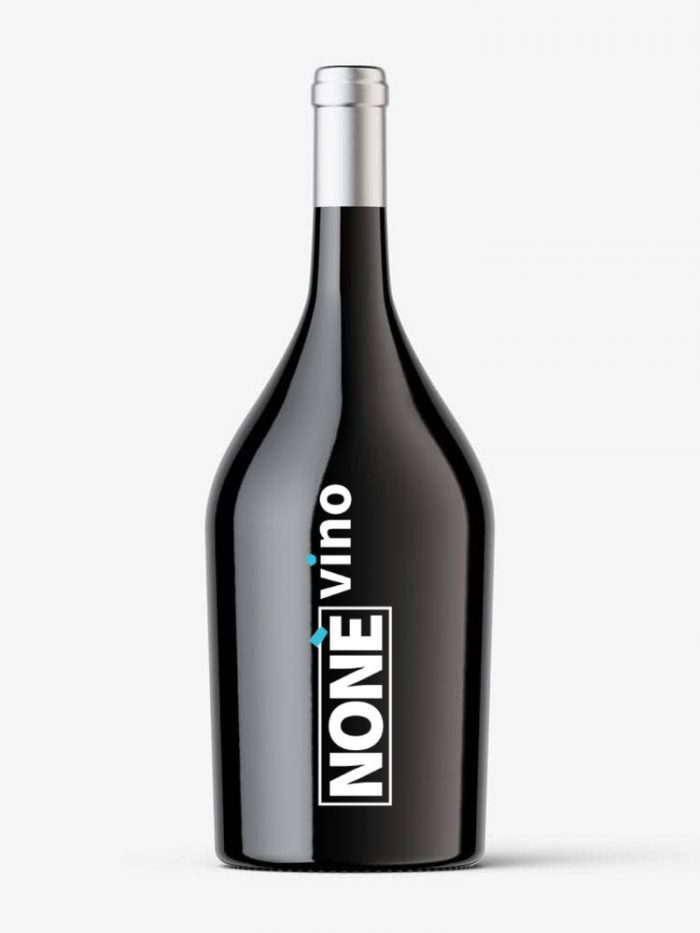Chardonnay
White Grape
Info
The white grape Chardonnay is grown in the regions: Abruzzo, Apulia, Basilicata, Calabria, Campania, Emilia-Romagna, Friuli Venezia Giulia, Latium, Lombardy, Marche, Molise, Piedmont, Sardinia, Sicily, Tuscany, Trentino Alto Adige, Umbria, Aosta Valley, Veneto.
According to many, its origins have never been clear, according to some scholars it has Middle Eastern origins, according to others it comes from a spontaneous cross between a pre-domesticated vine and an Illyrian vine, that is coming from that area that today corresponds to Slovenia, Croatia, Bosnia , Montenegro and Albania. The most accredited hypotheses claim a vine originating from the homonymous French municipality of Chardonnay, in Burgundy.
Wine Characteristics
From Chardonnay grapes it is possible to obtain still, semi-sparkling or sparkling wines, with high alcohol content and good acidity. At sight the wine has a not particularly intense straw yellow color; on the nose it is characteristic, delicate and fruity (tropical fruit, pineapple and banana in particular), and on the palate it expresses pleasant freshness and flavor. Hints of dried fruit will indicate the evolutionary path of the wine, which can offer more harmonious taste-olfactory sensations.
Fiano
White Grape
Info
The white grape Fiano is grown in the regions of Abruzzo, Apulia, Basilicata, Campania, Emilia-Romagna, Latium, Marche, Molise, Sardinia, Sicily, Tuscany, Umbria.
Fiano is a vine that produces “Uve Apianee”, as they were defined by Pliny because the bees loved it. The limited cultivation of the Fiano grape is particularly concentrated in the Avellino area, an environment particularly favorable to the cultivation of hazelnut groves of which this wine is rich in aroma. However, this interpretation is no longer accepted as it is not the bees that are attracted to the grapes, but the wasps. For this reason, the term Appiano derives, according to some authors, from a variety of apple that takes the name of a certain Appio (Pliny). According to Strabo, the Apianas were brought by pelagic settlers from the Peloponnese.
Wine Characteristics
The wine obtained from the Fiano grape in purity has a more or less intense straw yellow color with the typical aromas of toasted hazelnut, pear and spices, with a long persistence and often great complexity.








